The difficulty of reporting on protection and security missions under on international mandate often arises from the fact that photographers have to bear witness to complex conflicts without the benefit of the opportunities offered by embedding in combat units or presence close to the action.
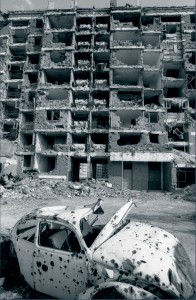 Chief warrant officer Janick, who took this photograph, explains:
Chief warrant officer Janick, who took this photograph, explains:
“What I remember most, even though it is not clear from the image, is that it was extremely cold. We followed these French armoured cars all morning in their mission to secure rood routes. Our fingers and feet were frozen. I remember appreciating the broken sign indicating the way to Sarajevo. This legendary name was imprinted on everyone’s minds at the time. The condition of the sign reflected the city itself: still there, still standing and still functional despite being damaged by the war and the folly of man”.
Like the French soldiers’ armoured vehicle, whose white point indicating that it belongs to the UN force has been hastily scratched off to reveal the khaki underneath, corresponding to the new NATO mandate, everything appears permanently uncertain in the « Balkan cauldron » of the 1990s. À l’image du blindé des soldats français, dont l’inscription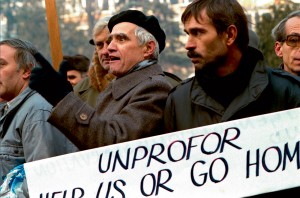 à la peinture blanche indiquant son appartenance aux forces de l’ONU a été hâtivement grattée pour faire réapparaître le fond vert kaki correspondant au nouveau mandat de l’OTAN, tout semble toujours incertain dans le « chaudron des Balkans », en ces années 1990.
à la peinture blanche indiquant son appartenance aux forces de l’ONU a été hâtivement grattée pour faire réapparaître le fond vert kaki correspondant au nouveau mandat de l’OTAN, tout semble toujours incertain dans le « chaudron des Balkans », en ces années 1990.
Shadows passing through the icy cold, a stray dog, a bridge where no trains pass, a road junction free of traffic and road signs indicating very little: desolation is everywhere but life goes on against all the odds.
Des ombres qui passent dans le froid glacial, un chien errant, un pont sur lequel plus aucun train ne passe, un carrefour qui ne connaît plus de circulation et des panneaux qui n’indiquent plus grand-chose : la désolation est partout mais la vie continue, envers et contre tout.
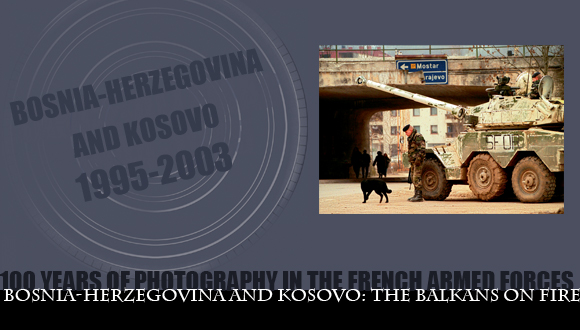
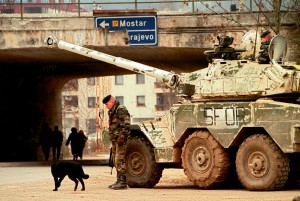
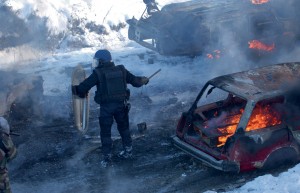

Ajouter un commentaire